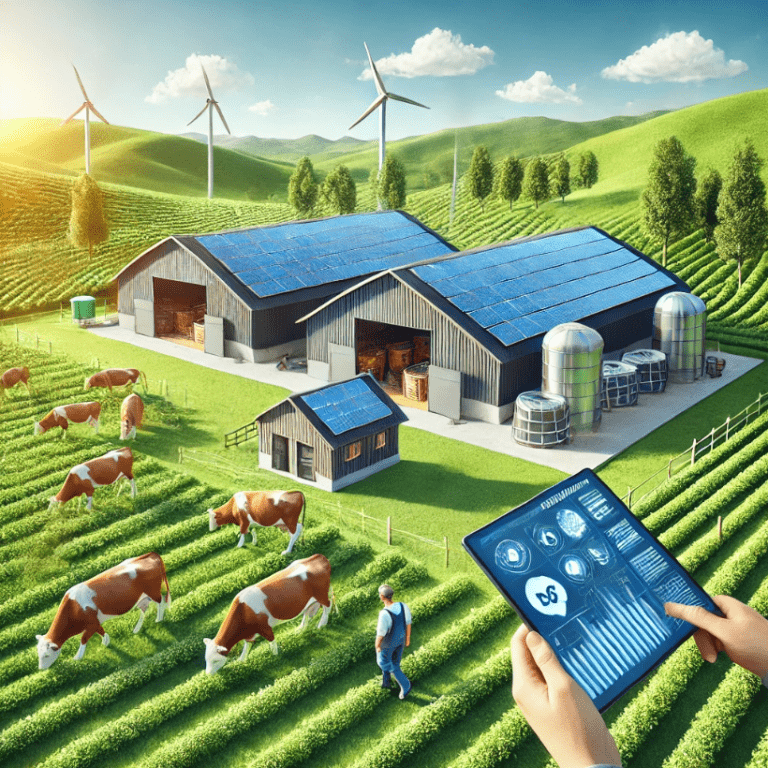Published: 03/01/2025
Sustainable Livestock Practices: Balancing Animal Welfare and Productivity

Livestock farming is integral to global food security, providing essential proteins and livelihoods for millions. However, as the demand for animal products rises, so does the need for sustainable practices that ensure the welfare of animals while optimizing productivity. This balance is critical not only for ethical reasons but also for environmental sustainability and long-term economic viability. In this article, we delve into sustainable livestock practices that prioritize animal welfare without compromising productivity, backed by scientific insights and practical strategies.
The livestock sector is a significant contributor to greenhouse gas emissions, deforestation, and water consumption. Simultaneously, concerns about animal welfare are growing, with consumers increasingly demanding humane treatment of animals. Striking a balance between sustainability and productivity is essential for:
A sustainable approach begins with providing balanced and species-specific diets. Proper nutrition:
Innovations:
Preventing diseases is more sustainable than treating them. This includes:
Case Study: Accelerometers in cattle can detect early signs of lameness or illness, allowing timely intervention.
Selective breeding focuses on traits that enhance productivity and resilience while reducing environmental impact.
Designing animal housing with welfare and sustainability in mind includes:
Animal welfare should never be secondary to productivity. Following frameworks like the “Five Freedoms of Animal Welfare” ensures:
Example: Enriched environments with objects for play or rest areas for pigs and chickens improve psychological well-being and productivity.
Rotational grazing prevents overgrazing, promotes soil health, and ensures sustained forage availability. This practice:
PLF uses advanced technologies to monitor and manage livestock efficiently:
Adopting solar panels, wind turbines, or biogas systems in livestock farms reduces reliance on fossil fuels.
Exploring alternative protein sources, such as insect-based feeds or algae, can reduce the environmental impact of feed production.
Solutions: Government subsidies, educational programs, and industry collaborations can support the transition.
Sustainable livestock practices are not merely an option but a necessity for the future of farming. By integrating advanced technologies, focusing on animal welfare, and adopting eco-friendly practices, farmers can achieve a harmonious balance between productivity and sustainability. As consumers, researchers, and policymakers align their efforts, the livestock sector can evolve into a model of responsible stewardship that benefits animals, people, and the planet.